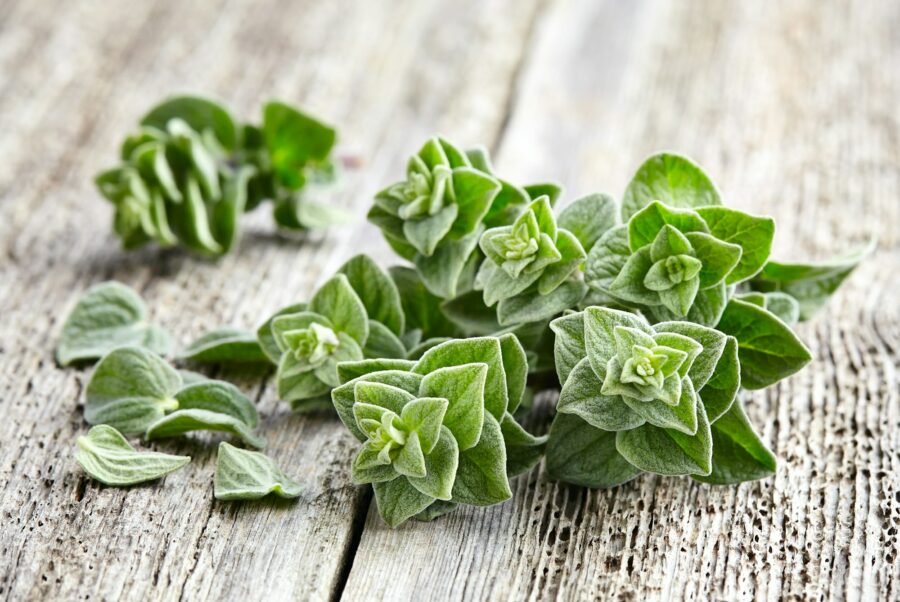HERBS YOU MUST MEET:
CHAMOMILE!
M. Moriah Mor - Certified Holistic Nutritionist
CEO, GreenSilk.com
-
Energetic Health Institute
- July 18, 2022
ARTICLE IN A NUTSHELL
1. Chamomile, known for its calming effects and anti-inflammatory properties, is one of the oldest medicinal herbs.
2. Research confirms chamomile has antibacterial, anti-fungal, anti-inflammatory, antioxidant, antispasmodic, anti-ulcer and antiviral therapeutic properties.
3. Scientific evidence reveals that chamomile not only relieves anxiety, diabetes, digestive issues, abnormal skin conditions, chronic respiratory, and cardiovascular disorders, but also provides some protection against cancer.
INTRO
HISTORY
Chamomile is considered one of the most ancient herbal medicines known to mankind. Due to its anti-inflammatory, antioxidant, anti-bacterial, and anti-anxiety therapeutic properties, modern day science considers chamomile an herbal medicine of the past with a bright future. It is approved by Germany’s Commission E, a group of scientists, doctors, pharmacologists and toxicologists, to treat cough and bronchitis, fevers, colds, inflammation, infection, wounds, and burns. (1)
The use of Chamomile has been documented in ancient Egyptian, Greek, Roman, Indian, and Asian medical writings. As early as 500 BCE, documentation shows Hippocrates, “the father of medicine,” regularly used chamomile for its anti-inflammatory and calming effects to treat skin conditions such as erythema and xerosis. (2)
According to the American Botanical Council, a leading resource of science-based publications, and the Gale Encyclopedia of Alternative Medicine, chamomile has been used to treat over 50 health conditions in humans including digestive issues, wound healing, hypertension, inflammatory bowel syndrome (IBS), menstrual conditions, ADHD, acute respiratory infection, and asthma. (2)
HEALTH BENEFITS
Of the many varieties of chamomiles, the two most common are German Chamomile and Roman Chamomile. Both offer medicinal benefits and are often interchangeable; however, they differ slightly in their chemical properties. (3)
German (Blue) Chamomile
- Contains higher quantities of chamazulene, which has been found to increase the number of macrophages available to fight infection. (4) (5)
- Calms dry, irritated, or flaky skin conditions like eczema, psoriasis, or dermatitis and promotes healing and regeneration of damaged skin tissue. (1)
- Calms the mind and body in menstrual and menopausal conditions, including PMS. (6)
Roman Chamomile
- Has anti-inflammatory and anti-fungal properties, and is highly calming. (7)
- Provides restful sleep and relief from sore muscles, spasms, arthritis, headaches, and migraines.
- Is effective at balancing mood swings. For children, it is used for teething, colic, and temper tantrums because of its natural calming and soothing effects. (8)
One study found chamomile to be associated with increased levels of hippurate and glycine in the body. Hippurate results from a breakdown of tea flavonoids and has been linked to increased antibacterial activity. Glycine is an amino acid that relaxes nerves and relieves muscle spasms. These findings support chamomile’s ability to promote healthy immune function, fight infections, and relieve pain associated with Premenstrual Syndrome (PMS). Both hippurate and glycine levels remained elevated for up to two weeks after this study, suggesting that drinking chamomile tea can lead to prolonged medicinal benefits. (9)
ANXIETY
Chamomile contains terpenoids, flavonoids, and lactones, including matricin and apigenin which have been found to stimulate Gamma-aminobutyric acid (GABA), a naturally occurring amino acid that works as a neurotransmitter associated with stress reduction. (8)
Traditional herbalists have used chamomile to help calm people under stress because of its active ingredients which stimulate the production of neurotransmitters associated with mood, such as serotonin, dopamine, and noradrenaline. Deficiency in these chemical compositions is linked to depression and anxiety. (1) (10)
Additionally, promising clinical research indicates chamomile’s ability to counteract allergies, insomnia, and anxiety associated with attention deficit disorder (ADHD). These findings suggest the possibility of combining stimulant treatment with chamomile in order to give lower doses of pharmaceutical drugs. (11)
DIABETES
Chamomile improves hyperglycemia and diabetic complications by suppressing blood sugar levels and increasing liver glycogen. Studies further support its protective effect on pancreatic beta cells (endocrine cells that synthetize, store, and release insulin) by reducing hyperglycemia-related oxidative stress. (1) (12)
Chamomile has been shown to significantly improve carbohydrate digestion and sugar absorption in the gastrointestinal tract. In addition, it has been shown to improve myocardial and high blood pressure conditions often associated with diabetes due to its flavonoid content. (1) (13) (14)

"The most special experience I had at EHI, apart from all the knowledge and information learned, is that I felt so happy to see that there are people around us who believe and trust food to be medicine, who believe in natural ways of healing, and who care deeply for Mother Earth and leading a more sustainable, holistic life."
Sita Errabelli, C.H.N.
ANTI-CANCER PROPERTIES
A recent study determined cancer cells were more likely to die off when treated with chamomile extract, suggesting it can reduce cancer cell growth. (15)
Another study supported by The National Cancer Institute investigated a component of chamomile oil called apigenin. This study confirmed apigenin could inhibit the growth of and induce cell death in human cancer cells. (16)
DIGESTION
Digestion begins in the mouth, where common, yet painful ulcers known as recurrent aphthous stomatitis (RAS) can occur. Chamomile used as a mouth rinse has been proven to provide a safe and effective treatment for RAS by controlling pain and burning sensations without producing any adverse side effects compared to prescribed medications. (17)(18)
Thanks to chamomile’s anti-inflammatory, anti-spasmatic, and anti-bacterial properties, research finds the use of chamomile to be an effective treatment for numerous gastrointestinal conditions including digestive disorders, colic, upset stomach, ulcers, irritable bowel syndrome (IBS), and gastroesophageal reflux disease (GERD). Additionally, chamomile can also be more effective in inhibiting gastric acidity than commercial antacids. (1) (8) (13)
SKIN
A German study of people who had undergone dermabrasion from removal of tattoos found that chamomile creams promoted faster wound healing than corticosteroids. (19)
Chamomiles active anti-inflammatory, antioxidant, and anti-bacterial properties provides a calming and soothing effect on the skin while promoting tissue regeneration. As a result of these benefits, research confirms its effectiveness as an ingredient utilized in skin care products associated with anti-aging, baby creams, eczema, psoriasis, and acne. (8)
European countries and organizations, including the German Commission E, have approved the use of chamomile creams and essential oils for skin conditions resulting from certain types of bacteria, fungi, and viruses. (8) (20)
ADDITIONAL HEALTH BENEFITS
Promising studies reported chamomile to be an effective treatment for chronic acute respiratory infections, whereby scientists agree there is a need for further research. (13)
Based upon Chamomile’s calming, sedative, and anticonvulsant (antiepileptic, antiseizure drug) effects, research supports its use as an effective and safe aid for sleep and insomnia conditions. (21)
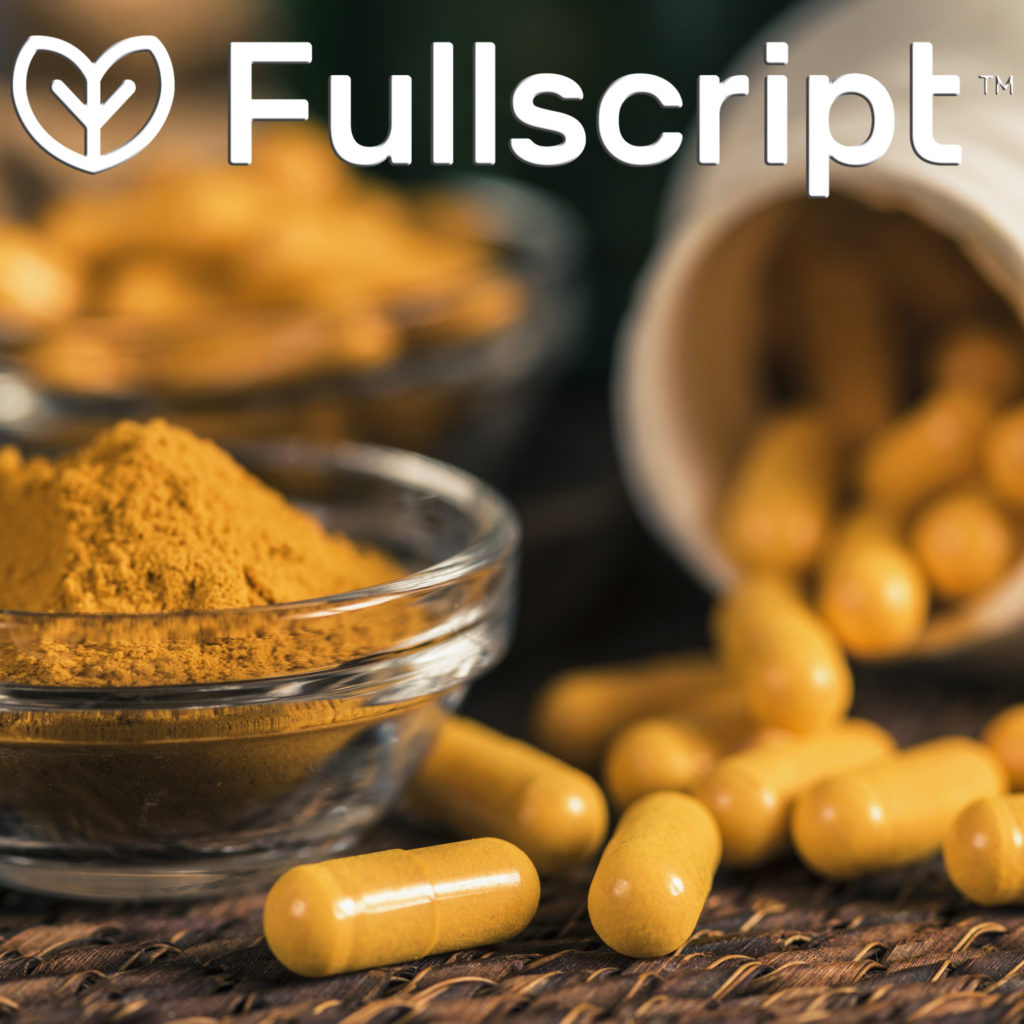
Want to Incorporate Chamomile
into Your Health Routine?
Check out all of our Supplement Recommendations on Fullscript by clicking the discount button below.
NUTRIENTS
Over 120 medicinal properties have been identified in chamomile. The most important therapeutic properties contributing to chamomile’s beneficial effects are terpenoids such as chamazulene and bisabolol, and flavonoids, including apigenin, luteolin, and quercetin. (1)
Chamomile’s effectiveness is due to its anti-inflammatory, antioxidant, antimicrobial, antinociceptive, analgesic, anxiolytic, sedative, and antispasmodic properties.
Some additional nutritional benefits such as potassium, vitamin A, and vitamin B9 can be found in a cup to chamomile tea. (22)
HOW TO USE IT
Chamomile is used in different forms both internally and externally.
It is most often consumed as an herbal tea, but also can be taken orally as drops, capsules, or tinctures, applied topically in creams, lotions, bath products, and compresses, or even inhaled as a vapor from steeping the tea.
Chamomile essential oils are often used in aromatherapy to improve mood and relieve stress. The essential oils can be blended into massage oils, lotions, or creams and applied to the skin. (1) (8)
When used in large dosages, chamomile may cause nausea or vomiting.
CONTRAINDICATIONS
Although Roman chamomile is considered a mild herb and is relatively safe for most people, there are a few side effects and contraindications. It is recommended to consult with a trusted health care professional prior to using chamomile, especially if you: (23)
- Have seasonal allergies to ragweed or other seasonal plants, including chrysanthemums, marigolds, or daisies.
- Have asthma (or any other health condition).
- Are taking any medication associated with organ transplants (cyclosporine), blood thinners such as warfarin (Coumadin), clopidogrel (Plavix), or aspirin.
- Are taking any type of medication that can cause drowsiness such as narcotics, barbiturates, alcohol, anti-seizure drugs, some types of anti-depressants or benzodiazepines.
- Are undergoing hormone therapy as chamomile may have an estrogenic effect that can interfere.
- Are taking any medications that are broken down in the liver such as Fexofenadine (Seldane), statins (drugs that lower cholesterol), birth control pills, or some antifungal drugs.
- Are pregnant or nursing. The safety of chamomile has not been well established for children.
- Have liver or kidney disease.
FINAL THOUGHTS
Chamomile flowers carry a symbolic meaning for rest, peace, poise, and calmness. It is one of the most important medicinal herbs since ancient times, but ironically, can often be found growing near roads or landfills, and is often mistaken as a weed. Given chamomile’s relaxing properties and fragrance, coupled with it’s beautiful daisy-like flowers and bright yellow centers, it is easy to see where its associations with the Sun and positive energy come from.
In today’s busy world where most people experience stress, anxiety, and depression, chamomile’s abundant soothing health benefits make it a perfect addition for physical, mental, and spiritual renewal. If you are not allergic to its bounty of goodness or intaking medications that may have contraindications, enjoy a cup of chamomile tea or diffuse it as an essential oil in the room. Cast your worries aside and stay feeling relaxed, knowing that a serene state of calm is always on the horizon. To your good health!
ABOUT THE AUTHOR

M. Moriah Mor, a Certified Holistic Nutritionist, is the owner of GreenSilk.com. The company is committed to helping individuals live a healthier lifestyle through education, nutrition, the research of life science, and the development of Professional High-Grade Premium health products.
Recognized for her outstanding dedication and contributions to the health and wellness industry for more than 18 years, Moriah is a graduate of the Energetic Health Institute and the University of Southern California. Her interest is focused on researching the latest scientific breakthroughs in the holistic health field. She is currently working toward her Doctorate in Natural Medicine.
More Articles We Think You'll Love


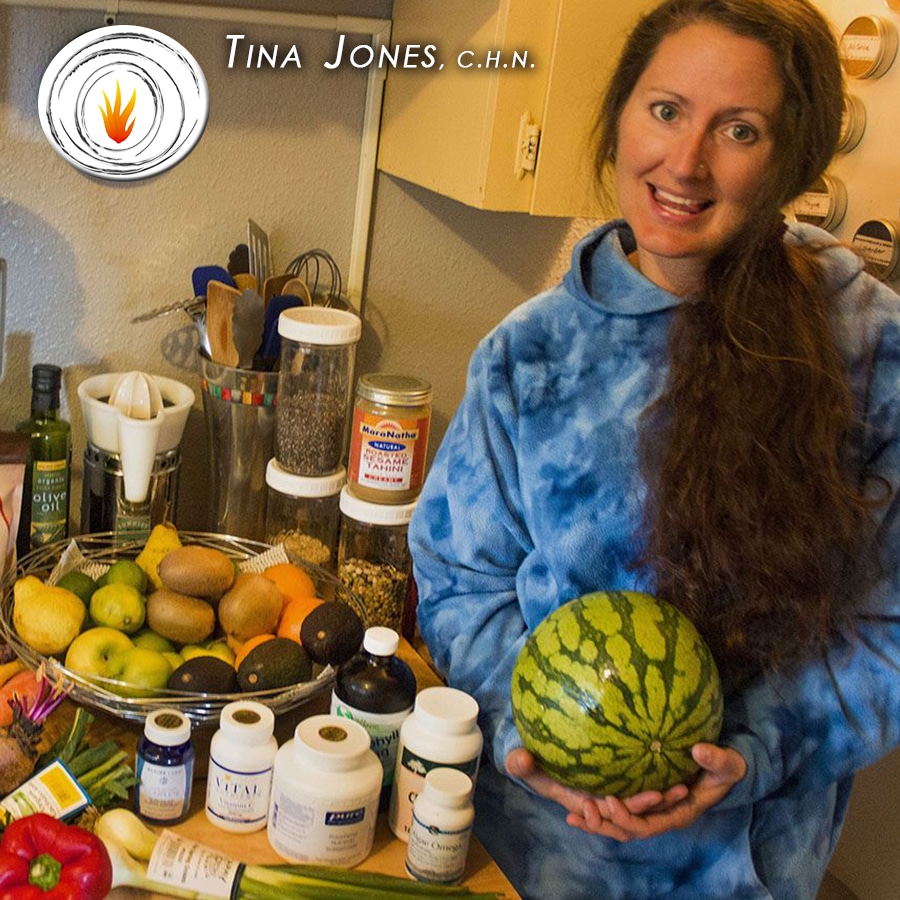

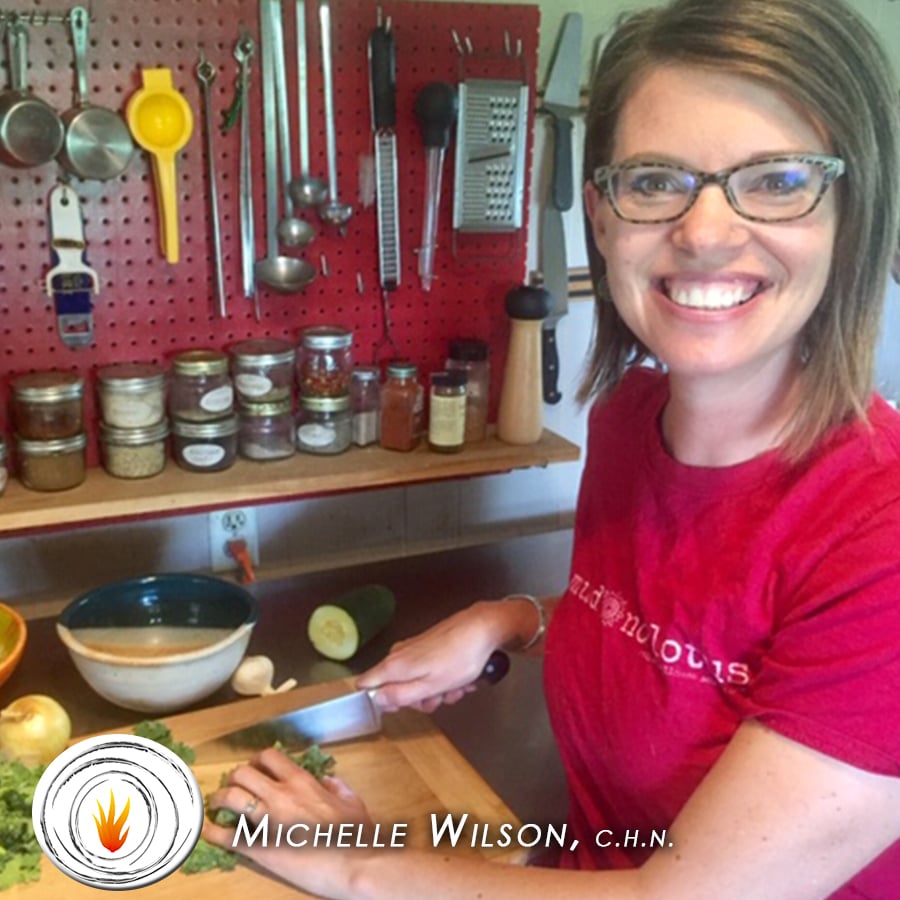

Get Your FREE eBook!
Do You Eat Healthy? Sign up to get our FREE eBook & find out:
Energetic Health Chapter 5: The Art of Eating Healthy
Includes SIXTEEN ways to help you eat your way to Health & Freedom!
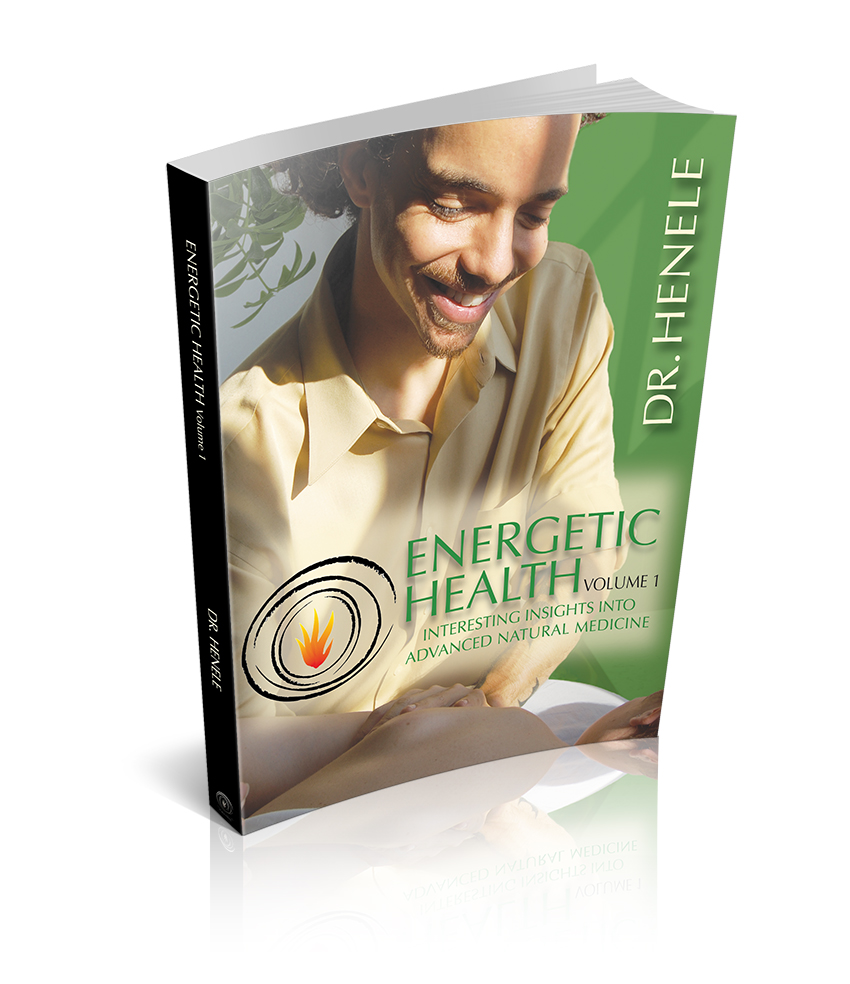
ARTICLE CITATIONS
(1) https://www.spandidos-publications.com/mmr/3/6/895
(3) http://www.ephysician.ir/index.php/browse-issues/2016/9/480-3024
(4) https://www.spandidos-publications.com/ijmm/26/6/935
(5) https://onlinelibrary.wiley.com/doi/10.1002/ptr.4753
(6) https://www.journal-jop.org/journal/view.html?doi=10.3831/KPI.2019.22.028
(7) https://www.drugs.com/npp/chamomile.html
(8) https://www.sciencedirect.com/topics/agricultural-and-biological-sciences/chamomile
(9) https://www.sciencedaily.com/releases/2005/01/050104112140.htm
(10) https://www.ncbi.nlm.nih.gov/pmc/articles/PMC3600408/
(13) https://www.sciencedirect.com/topics/medicine-and-dentistry/chamomile
(14) https://www.nature.com/articles/s41598-018-23736-1
(15) https://bmcresnotes.biomedcentral.com/articles/10.1186/s13104-018-3960-y
(16) https://www.mdpi.com/2072-6643/11/4/858
(18) http://www.medicinaoral.com/odo/volumenes/v6i5/jcedv6i5p535.pdf
(19) https://onlinelibrary.wiley.com/doi/10.1002/ptr.2612
(20) http://www.eurekaselect.com/article/80691
(21) https://www.sciencedirect.com/science/article/abs/pii/S0965229917302601?via%3Dihub
(22) https://nutritiondata.self.com/facts/beverages/4020/2
(23) https://www.webmd.com/diet/supplement-guide-chamomile
DISCLAIMER & COMPLIANCE
***All Information Shared In This Article Is For Educational Purposes Only. All Statements Have Not Been Evaluated By The US Food and Drug Administration (FDA). Go Here For A Current List Of The FDA’s Position On Various Therapeutic Interventions. We Are Required To Inform You That Any Information Presented In This Article Is Not Intended To Advise, Diagnose, Treat, Cure, Or Prevent Any Disease Including COVID. Additionally, We Are Required To Inform You That Any Information Presented In This Article Is Not Intended To Constitute Legal Advice Or Service. Always Consult With Qualified Licensed Medical Professionals & Legal Experts Before Enacting Any Information Presented Herein.***
***Please Be Aware That At No Time Will EHI Offer Advice, Guidance, Or Direction With Respect To Whether Or Not An Individual Should Or Should Not Receive COVID Gene Modification Shots In Clinical Trial According To The National Institutes Of Health (NIH). We Encourage All People To Review Available Safety & Efficacy Data, Published By The CDC Through The Vaccine Adverse Events Reporting System (VAERS) And The CDC’s COVID Data Tracker, With Their Trusted Healthcare Team And Make The Decision That Is Right For Them. We Support Every Individual’s Rights As Patients To Agree To Or Decline Any Medical Procedure As Stated In The American Medical Association’s Code Of Medical Ethics 1.1.3(d).***
***In A Transparent Effort To Be In Full Compliance With The US Food and Drug Administration (FDA) and Federal Trade Commission (FTC) Regarding Prevention, Treatment, & Deceptive Practices (15 U.S. Code § 57b & Section 19 of the FTC Act), We Are Required To Notify You That The Information Presented In This Article Is A Collection Of Peer-Reviewed Empirical Evidence, But Has Not Yet Been Evaluated By The FDA For Safety & Efficacy. None Of The Information Provided Is Intended To Replace The Care And Supervision Of Qualified Licensed Medical Professionals Or The Legal Advice Of Licensed Attorneys.***
***Please Be Aware That At No Time Will EHI Offer Advice, Guidance, Or Direction With Respect To Whether Or Not An Individual Should Or Should Not Receive COVID Gene Modification Shots In Clinical Trial According To The National Institutes Of Health (NIH). We Encourage All People To Review Available Safety & Efficacy Data, Published By The CDC Through The Vaccine Adverse Events Reporting System (VAERS) And The CDC’s COVID Data Tracker, With Their Trusted Healthcare Team And Make The Decision That Is Right For Them. We Support Every Individual’s Rights As Patients To Agree To Or Decline Any Medical Procedure As Stated In The American Medical Association’s Code Of Medical Ethics 1.1.3(d).***
***In A Transparent Effort To Be In Full Compliance With The US Food and Drug Administration (FDA) and Federal Trade Commission (FTC) Regarding Prevention, Treatment, & Deceptive Practices (15 U.S. Code § 57b & Section 19 of the FTC Act), We Are Required To Notify You That The Information Presented In This Article Is A Collection Of Peer-Reviewed Empirical Evidence, But Has Not Yet Been Evaluated By The FDA For Safety & Efficacy. None Of The Information Provided Is Intended To Replace The Care And Supervision Of Qualified Licensed Medical Professionals Or The Legal Advice Of Licensed Attorneys.***
©2013-2023 Energetic Health Institute. All Rights Reserved. Born To Teach, To Heal & To Lead With Love. Let's Make Tomorrow AMAZING!
EHI Privacy & School Policies | Awesome Theme by: D5 Creation | Powered by: WordPress
